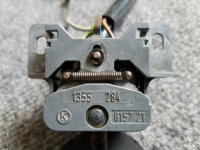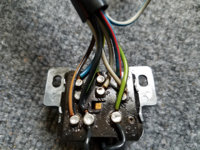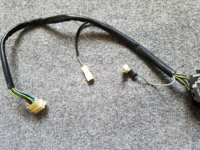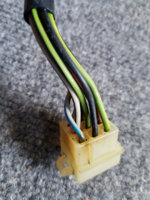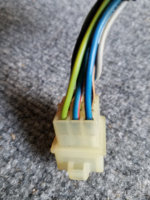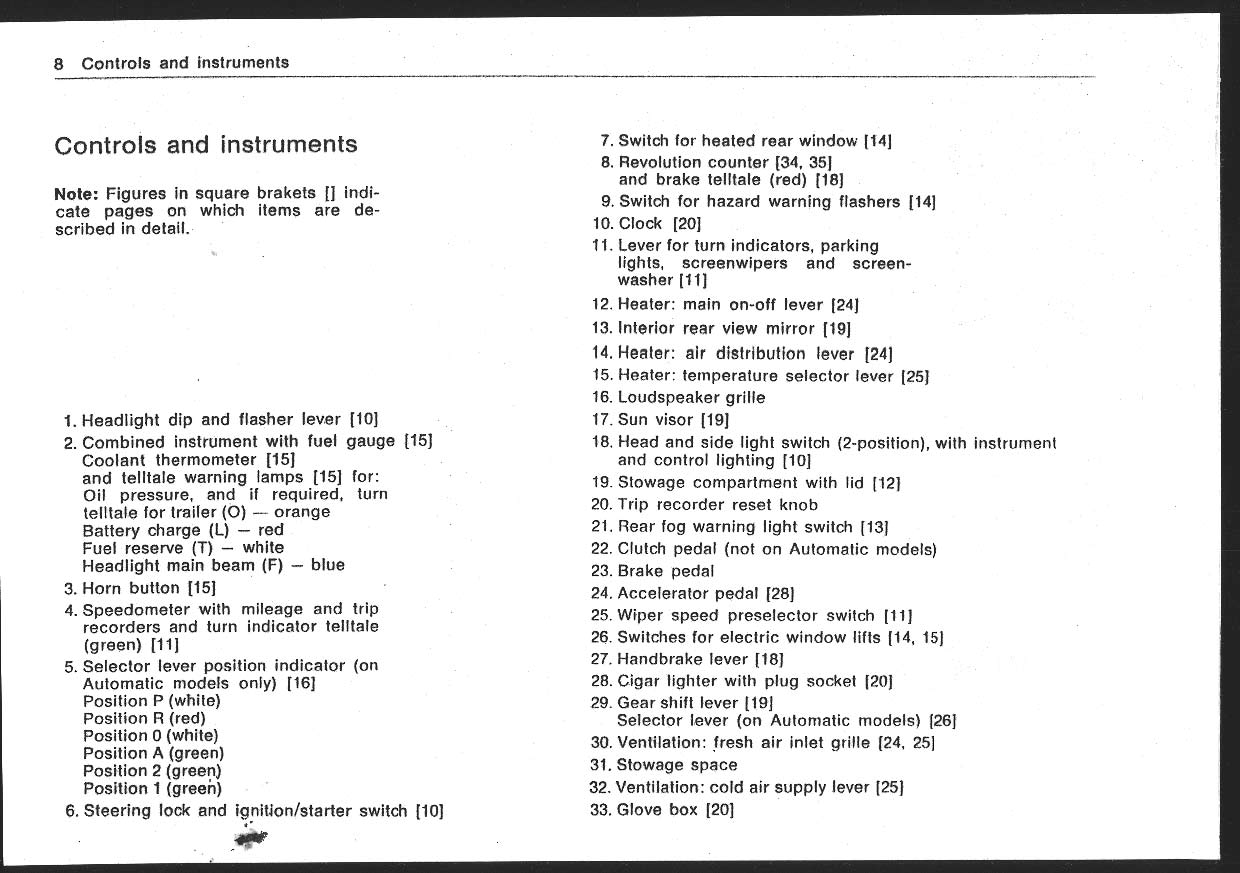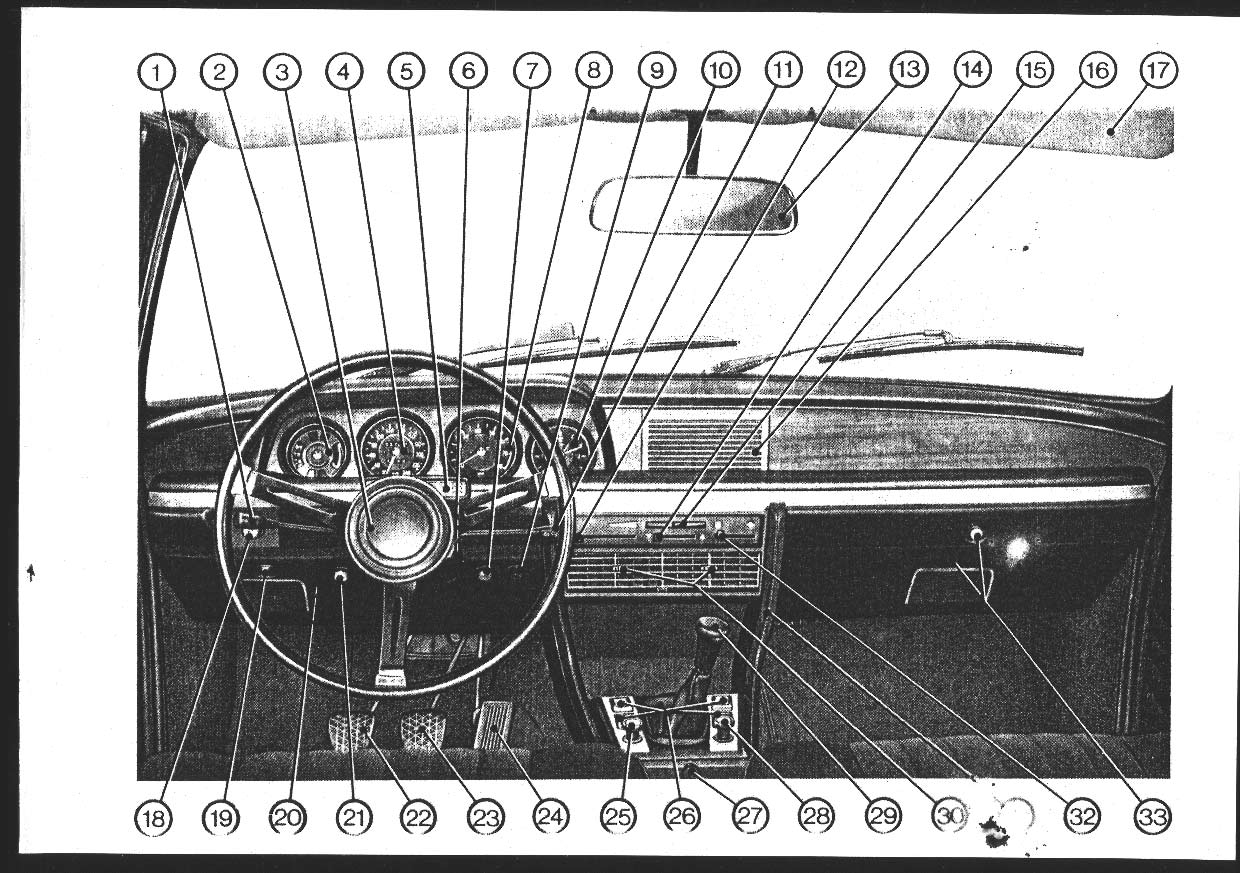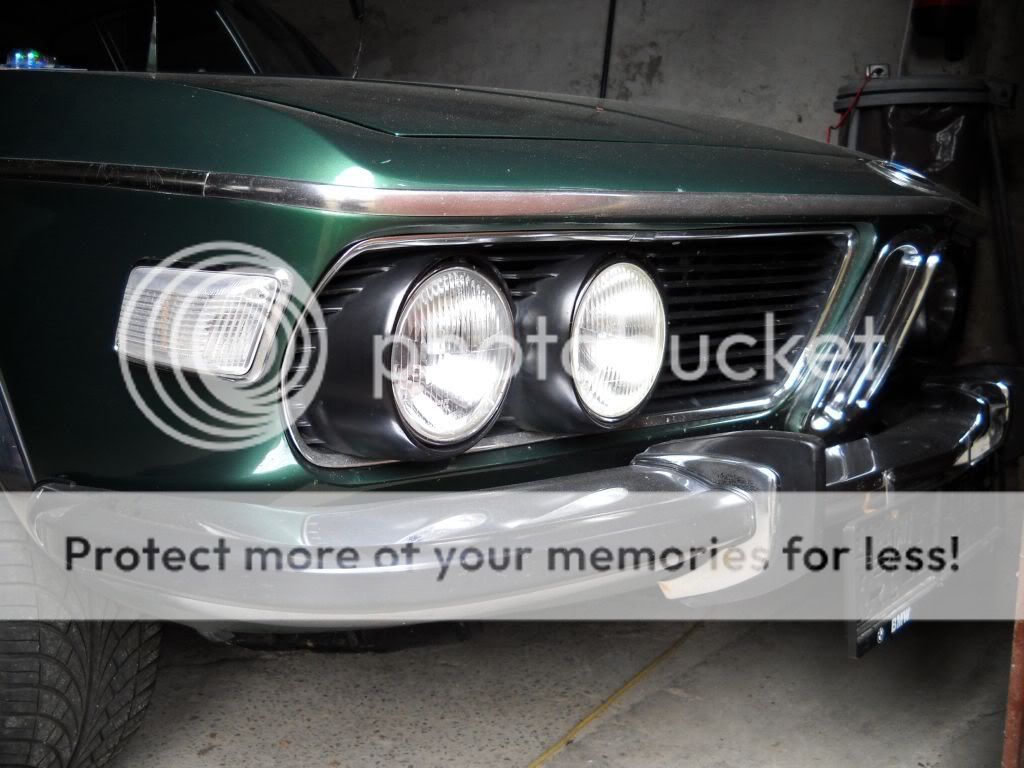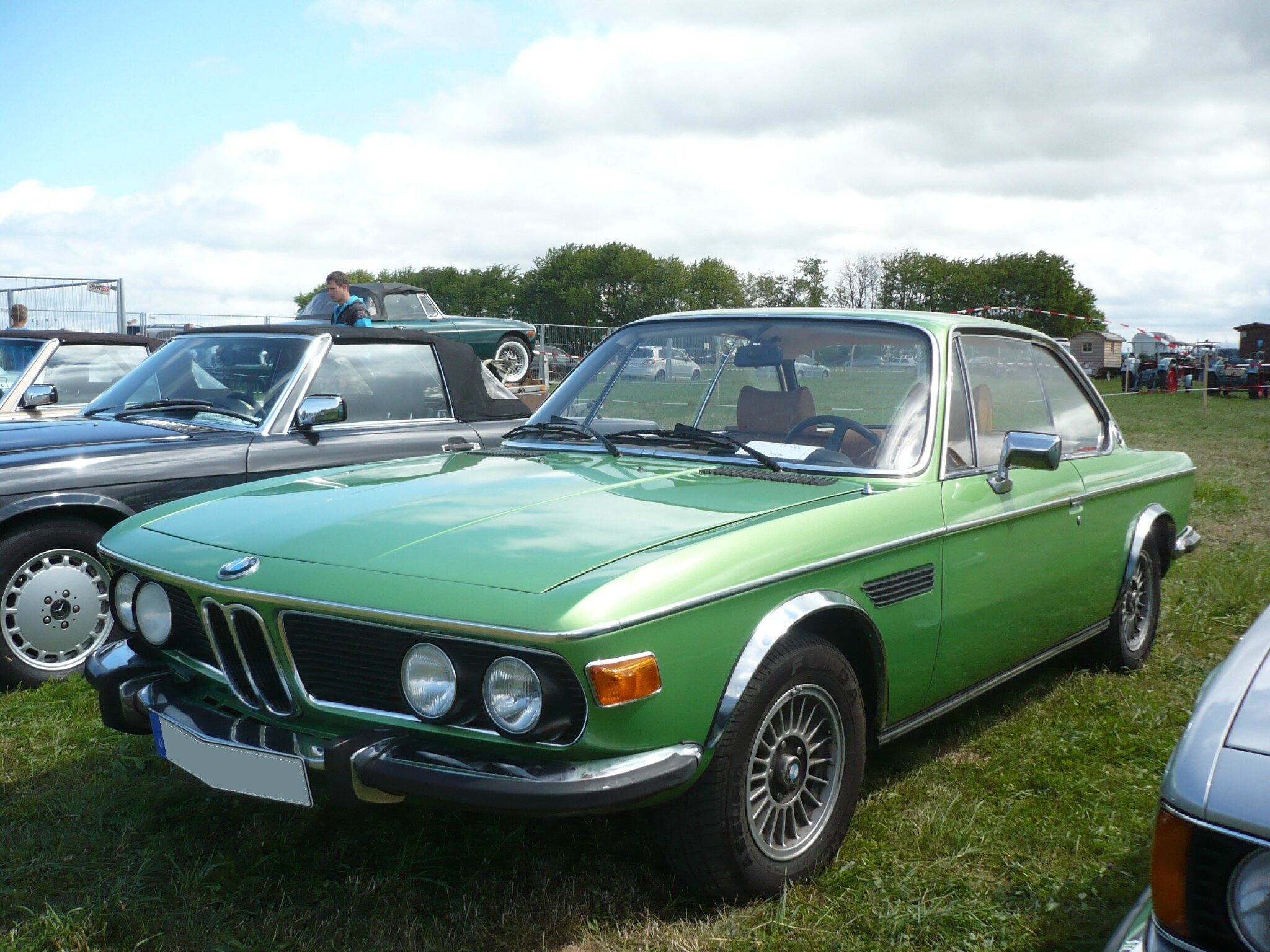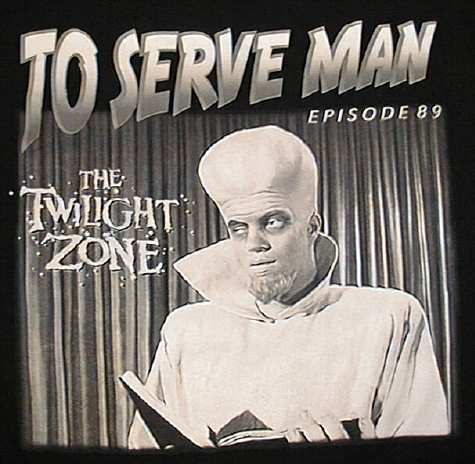[Trafficators] were powered by electro magnets used to raise an arm (usually mounted high on the door pillar) indicating a turn was about to be made. Once these arms were in the "on" position, power went to the lens area, lighting a small bulb. When they were "off", the trafficators folded into the door pillar. This allowed drivers to keep their hands on the wheel, a step up when it came to safety. Although Ford was not offering turn signals on U.S.-made cars, for
German-built Model A's trafficators came factory-installed. Scintilla, a Swiss firm, manufactured a number of these, and they had left-side and right-side models. The driver's toggle switch used to activate the arm was mounted in the center of the dash. While Ford did not produce this component, some versions came complete with the Ford logo.
Trafficators had actually been around long before the Model A, and their shape is said to resemble the signal arm used by trainmen of the Royal Bavarian Railway since 1890, though about half that size. First appearing in the early 1900s they had several fathers. Italian Alfredo Barrachini in 1908 added electric lights to a cable-activated system. In 1918 the Naillik Motor Signal Company of Boston added electric motor drive. For slow or stop a switch in the brake pedal activated hands that swung out on both sides of the car. For left or right turns separate switches were operated from the clutch pedal. At night the small hands were illuminated. In 1923 French inventors Gustave Deneef and Maurice Boisson utilized a linear solenoid and in 1927 Germans Max Ruhl and Ernst Neuman added internal illumination to the solenoid operation. As more modern turn signals were introduced, trafficators were phased out. Many drivers thought that a good thing, especially since trafficators were fragile, often broke off, and tended to stick in the "off" position.
Back in the States, Buick was the first U.S. automaker to offer factory-installed flashing turn signals. Introduced in 1939 as a safety feature, the new-fangled feature was advertised as the "Flash-Way Directional Signal" operated from a switch on the new "Handi-shift" column-mounted shifter. The flashing signals only operated on the rear lights. In 1940 Buick enhanced the directional indicators by extending the signals to front lights and adding a self-canceling mechanism. That year directional signals became standard on Buick, Cadillac, LaSalle, and the Hudson Country Club vehicles and optional on Chevrolet, Oldsmobile, and Pontiac (for a cost of $7.95), Hudson (for $10), and Packard. In 1941, Dodge offered turn signals as an option on all its models.
After WWII turn signals and turn signal levers mounted on the left side of the steering column became more commonplace. For those cars without them, however, the Illinois-based Lester Company offered a Simplex Direction Signal Kit for '42 to '49 models, advertising that the signals available for $8.95 would work "like factory-installed models on expensive cars". In 1951 the average American family income was less than $4000 a year. As little as that now sounds, it was enough for many families to invest in more luxurious cars, partaking of options available for more powerful engines, two-tone paint, and even turn signalsh
ttp://secondchancegarage.com/public/history-of-turn-signal.cfm



